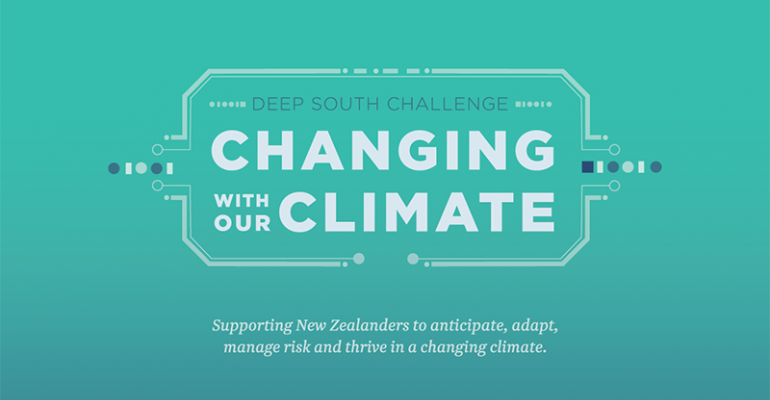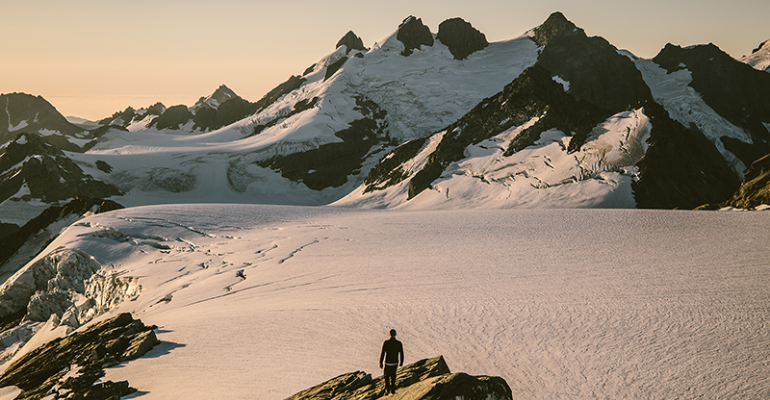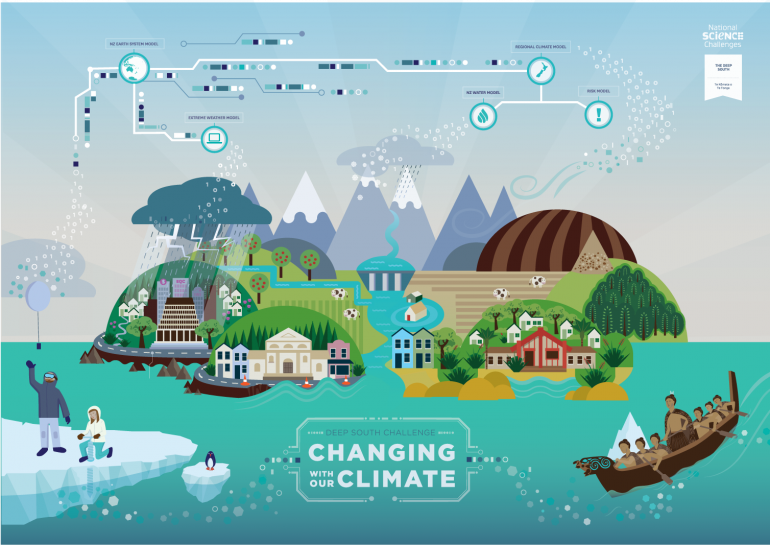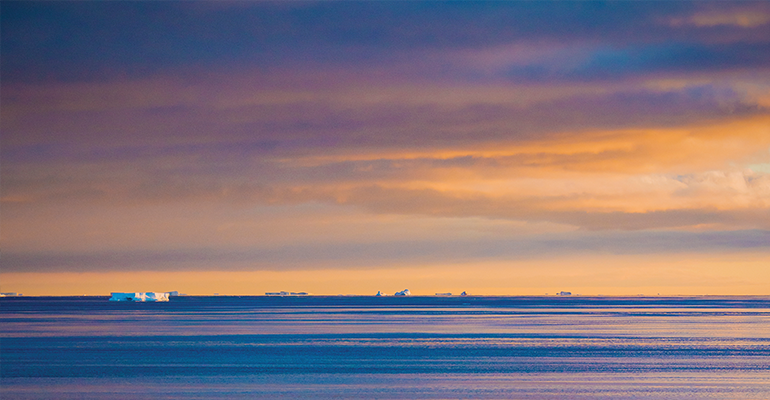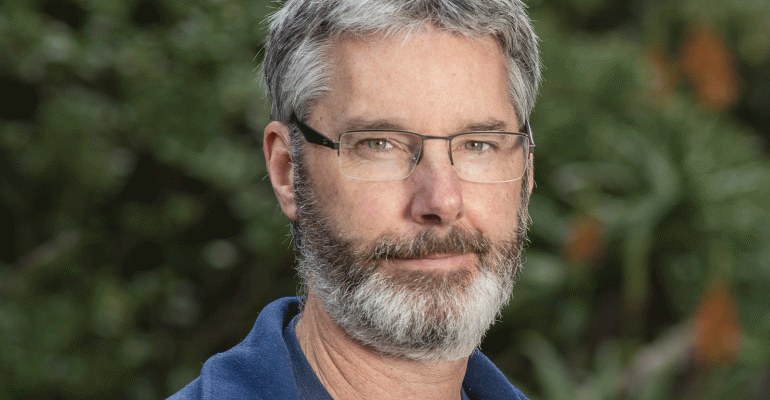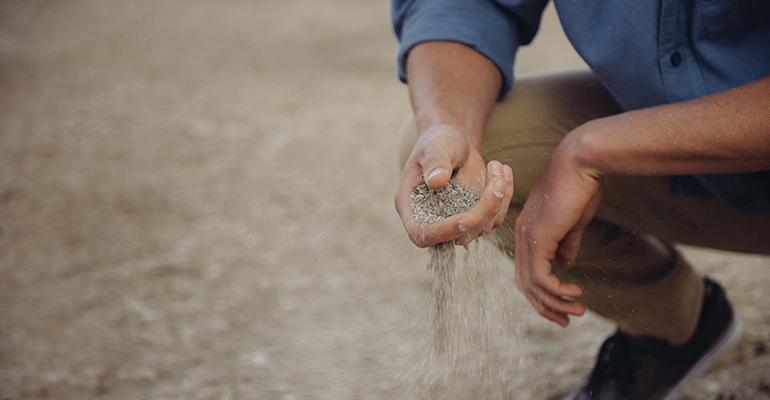
A new report by the Deep South Challenge: Changing with our Climate, explores what we need to know now, in order to adapt to the drought conditions likely under future climate change.
Drought already impacts a wide range of activities in Aotearoa, including urban water, primary production and electricity generation. It also has significant cultural impacts across communities. Treasury estimated recently that droughts rank number one for climate change-related costs.
Although New Zealand has historically been “water-rich”, the Drought and Climate Change Adaptation: Impacts and Projections report suggests that New Zealand is not well-prepared to cope with a future involving more drought in some areas. Future drought may well have the single most significant future impact on the New Zealand economy.
The report takes a people-centred view of the impacts of droughts and identifies several top priority research questions, one of which has already developed into a research project led by Wageed Kamish from Tonkin + Taylor.
The project seeks to understand the future of drought for New Zealand as our climate changes. It’s a big task, but one Kamish thinks it is achievable: “We acknowledge that one project may not provide all of the answers. However, by adopting a simpler methodology, we’ll have wider spatial coverage, while still being able to quantify the risk-of-failure of water supply systems in New Zealand. NIWA, our project partner, has already completed a considerable amount of work on climate change projections and these will provide a good platform from which to start.”
“Although it is true,” Kamish continues, “that farmers and rural communities normally experience the full effects of a drought, we don’t have to look much further than the recent Day Zero scenario in Cape Town (South Africa) to realise that urban areas can also be affected by droughts.” He says, “As climate changes into the future, water supply systems will have to be adapted accordingly, which may include new sources, new technologies, increased storage capacity and better management of water usage. In parallel, we need to carefully manage the quality of existing and potential sources now, so as not to jeopardise them for future use. The primary key to this is that we adapt our water systems well enough in advance to avoid a Day Zero scenario. Adaptation may take several years, so in many cases the planning process needs to start right now.”
The project will also work closely with stakeholders, particularly regional councils. Kamish explains: “Having an appropriately constituted stakeholder reference group will also help to produce useful outcomes for regional councils, who will benefit the most from this research.”
The Drought and Climate Change Adaptation: Impacts and Projections report was produced as a result of a Deep South Dialogue, run by Motu Economic and Public Policy Research. The Dialogue brought together key researchers and sector representatives to map current knowledge about how drought will impact New Zealand as our climate changes, and to identify critical knowledge gaps that must be filled if we are to successfully adapt to our changing climate.
For example, the report suggests we need to better understand the likely incidence of multi-regional drought, and the likely nationwide changes in drought incidence. It suggests we need to explore how future droughts, in the context of a changing climate, might affect future water supply and demand (particularly for the local food production sector, which competes for water with other users).
The report states we need to know more about New Zealand’s level of risk in relation to drinking water availability (both in urban and rural areas), as well as about the impact of drought on vulnerable communities (for example, how drought might affect labour patterns or impact residential house prices or land values). It suggests we need more research into how changing drought patterns might affect energy production and consumption.
The report is now available to read on the Motu website.
Check out some media coverage of this report:
